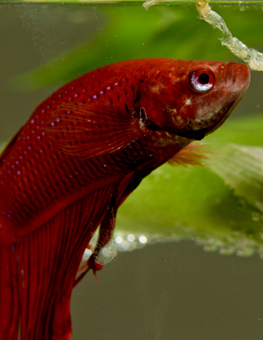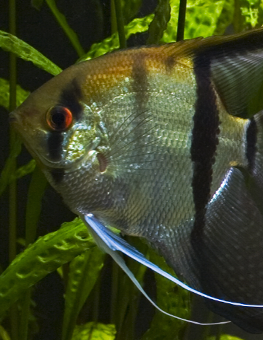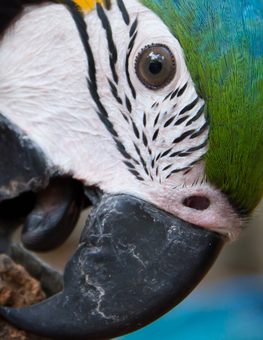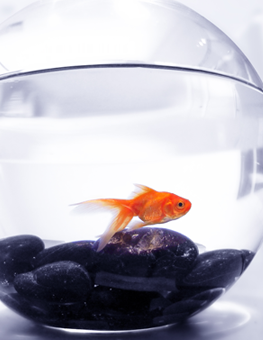Bird Training Basics
Most pet birds are very responsive to training, and doing so can help curb unwanted behaviors.
Training your bird is an essential part of your relationship with him. Not only can it be used to curb bad behaviors and make your bird easier to deal with, but it can be a fun way to interact with him and spend time together. Training can be used for a variety of purposes, from housetraining your bird to teaching him tricks. The following guidelines will help you with the more basic and essential aspects for bird training.
The First Lesson – Stepping Up
The “Step up” command is the most important command to teach your bird, as it will help you keep control of him and he will progress further in training. This procedure will teach your bird to step up and perch on your finger.
- Before you start: Your bird’s wings should be clipped if you want to train him. When you are starting training, make sure both you and your bird are in a positive mood. Training won’t go well if either of you are impatient. Signs that your bird is uncomfortable include flapping, biting, and noisemaking.
- Create a positive environment: Birds will be more receptive to training in a well-lit, bright, quiet room free of distractions. Try to make sure all windows are covered and doors are closed.
- Make it fun: If your bird is bored or uncomfortable, he won’t learn well. Try to spend time talking and playing with him before getting to the training. Remember to keep a positive tone during training and make sure you always end with a treat, no matter how the session went. Also, never hit or your bird or raise your voice. You don’t want your bird to dislike training.
- Show your hand: Your bird must be familiar with your hand before you ask him to step up. Extend it towards him very slowly, allowing him to investigate and feel safe. Always make sure you approach your bird from a slightly elevated position, not enough to frighten him, but high enough to assert your superiority.
- Stepping Up: As your bird approaches your hand, gently present him your finger at his lower abdomen and say “step up.” If and when your bird steps up onto your finger, don’t be frightened. Present him with a treat and praise him. Repeat this step until you feel your bird grasps the concept.
- Practice: Try taking your bird to different locations and practicing this command. You can even use the same steps to teach your bird to “step down” or “ladder,” which means repeating the step up command over and over onto new fingers. You should try to practice your commands with your bird every day.
Other Lessons: The same procedure used above can be modified to train your bird in a variety of ways. The step up command is just the beginning.
- Housetraining: You’ll need to anticipate when your bird will need to relieve himself, and then begin training. Your bird may need to go as often as every five minutes. When you think your bird is about to use the bathroom, take him to where you want him to do his business, use a command word to encourage him, and then reward him when he does. Keep repeating this, and after awhile he will know that going in the designated spot is in his favor as well as yours.
- Fighting Bad Behavior: When your bird is behaving badly, you can have him step up and scold him gently. Hold him at eye level and use your face to express displeasure. Don’t raise your voice or overreact, as this may only encourage the bird. Let him know that his behavior does not bother you, but disappoints you. Then, return your bird to his cage for a few minutes before returning to play with him. Never maintain your air of disappointment; always let your bird know you won’t stay mad at him.
- Doing Tricks: Birds are very playful, and it is possible to teach your bird to do many tricks. For some species, this includes talking. Just use the same approach outlined above and have fun











